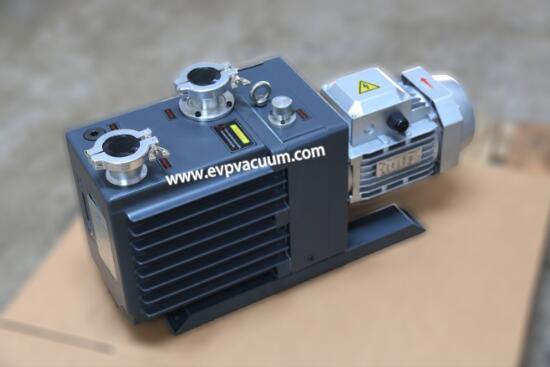Vacuum pumps of heat dissipation and cooling techniques
Vacuum pump of cooling technique
When the vacuum pump converts energy, there is always a small part of the loss into heat, which must be continuously distributed through the motor shell and surrounding media. This heat dissipation process is called cooling. And the vacuum pump will produce a certain amount of heat when it works. If not timely heat dissipation, vacuum pump internal parts will be affected or even damaged after a long time. This will affect the normal operation of the fan, or even damage the fan.
Whether the vacuum pump can have a lot of oil pollution. In fact, vacuum pump is widely used in many countries. In particular, when the mechanical ability to remove condensable steam is not enough, or the solvent used will deteriorate the pump oil and affect its performance, or the vacuum system does not allow oil pollution. So the vacuum pump can not have a lot of oil.
There are many cooling schemes for vacuum pump. The proper cooling scheme is determined according to the heat output of different parts of the body. For example, the working pressure of vacuum pump is high, and the temperature rises quickly and high. The ordinary vacuum pump needs circulating water to cool down to protect the fan from damage.
Here’s the point. There are four key points in the heat dissipation and cooling technique of vacuum pump
1、 Air cooling:
That is to say, the air inhaled by the inter stage or two-stage pump is compressed and transmitted through the combined muffler with comprehensive absorption and phase difference.
2、 Internal cooling of rotor:
In order to make the vacuum pump work under a higher pressure difference, a more effective cooling method can be adopted, that is, the oil transported to the secondary circulation is cooled. Oil holes and oil diameter shaft heads are driven into both ends of the vacuum unit shaft, and then discharged from the other end through the inner wall of the rotor
3、 Oil film cooling of rotor;
This cooling method is to connect an oil pipe at the inlet of the vacuum pump and take away the heat of the rotor with the cooling oil evenly dropped.
4、 Cooling:
The vacuum pump produces heat due to conveying and compressing gas, which must be transferred from the rotor to the casing and dissipated.


